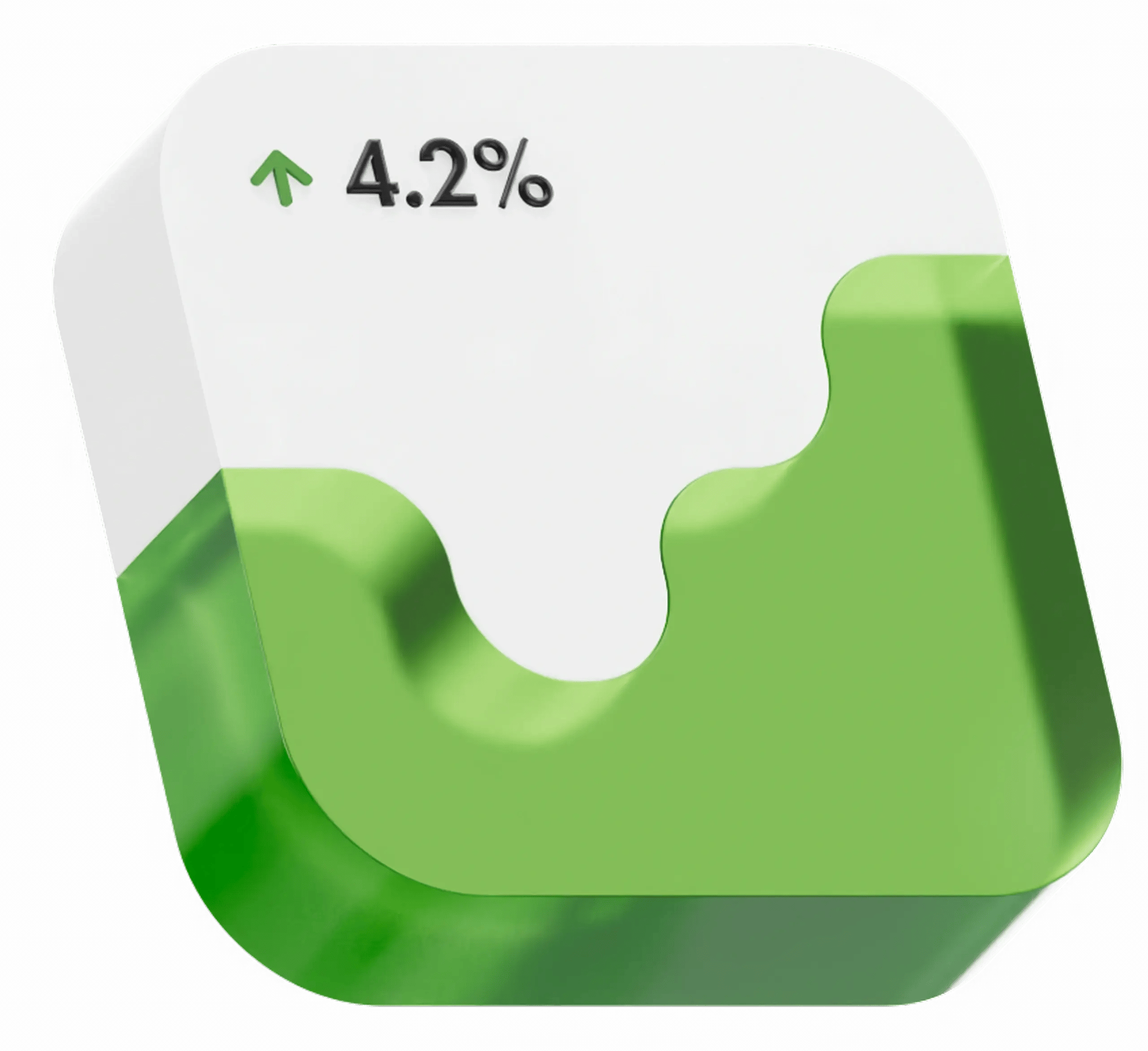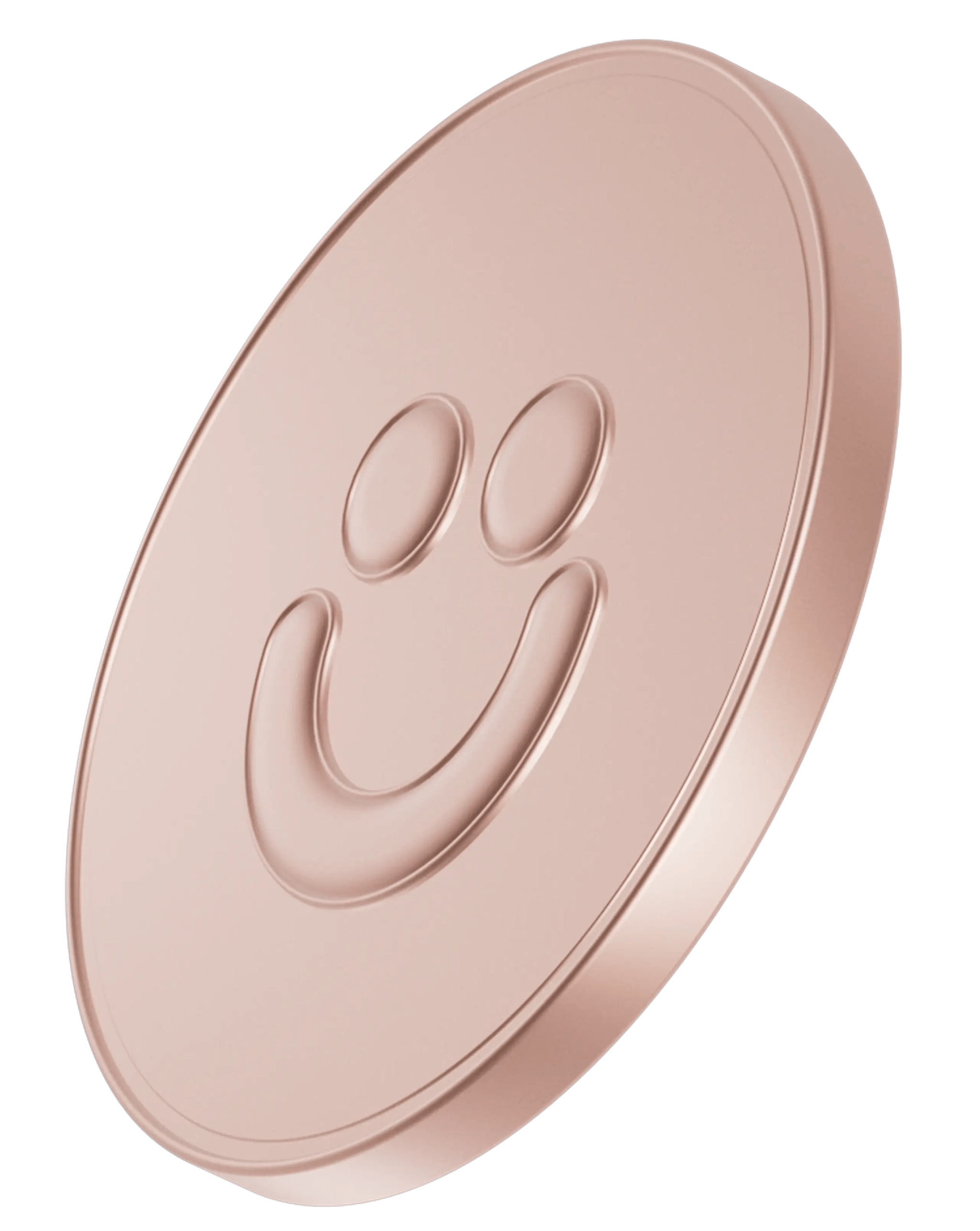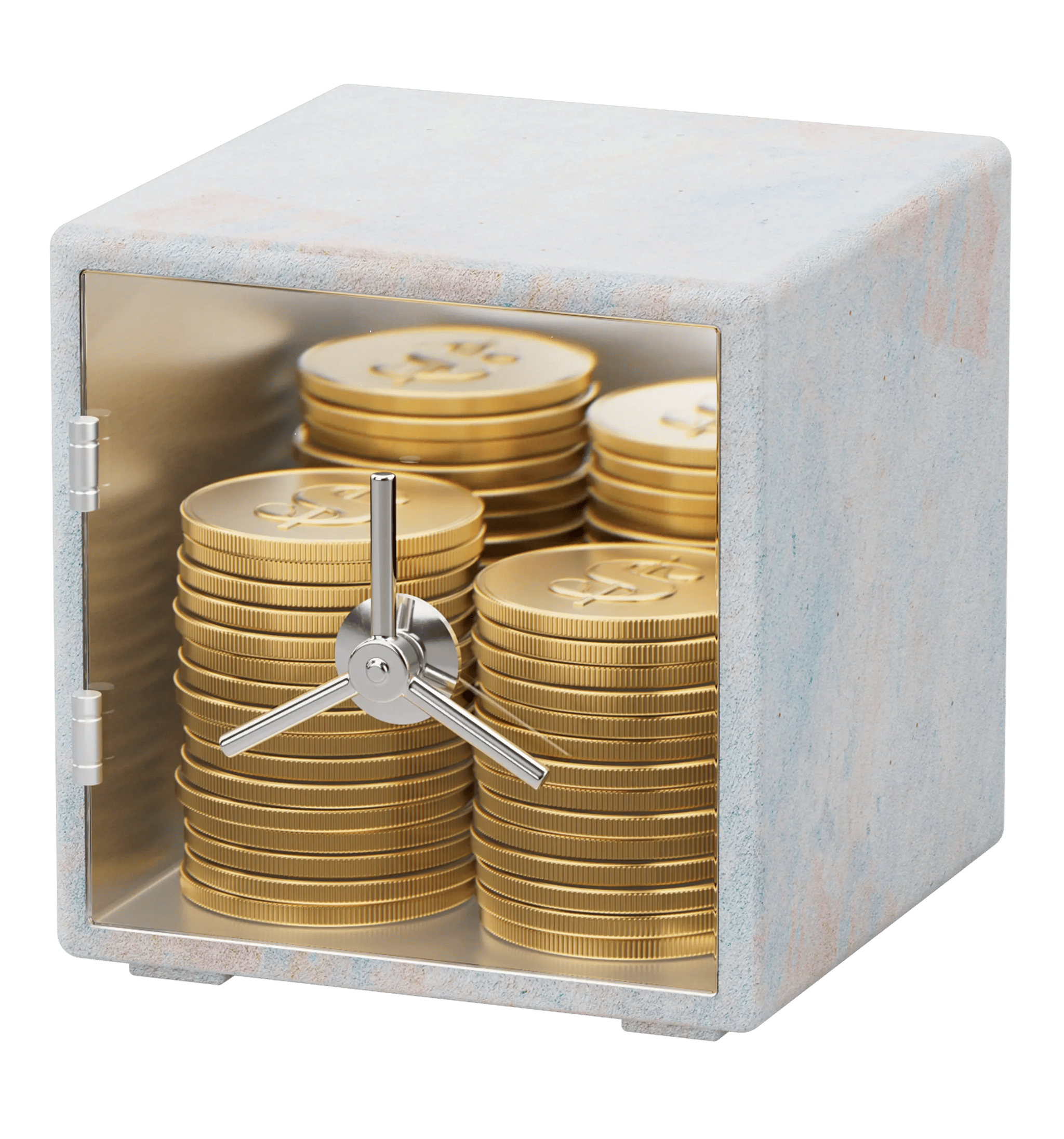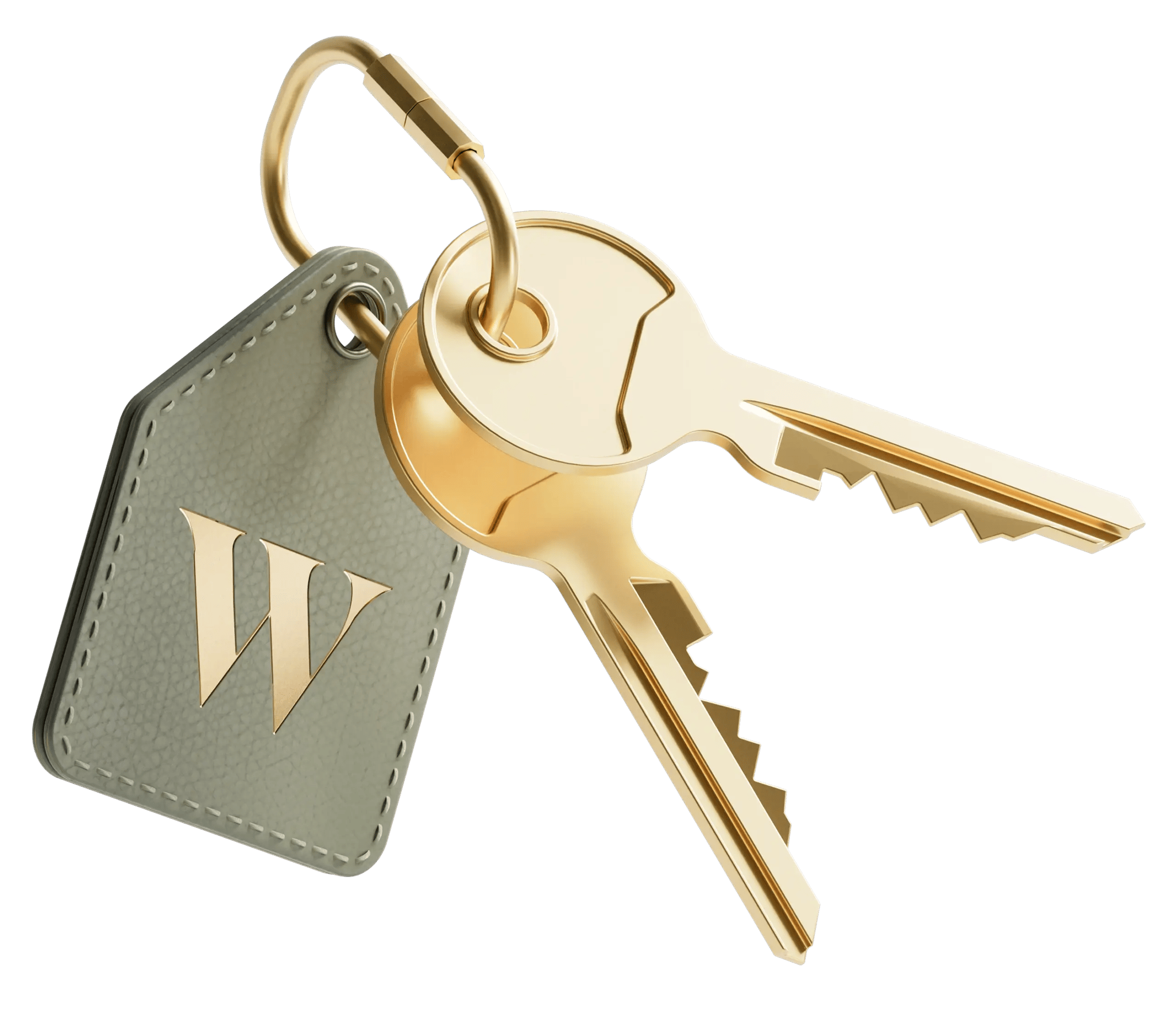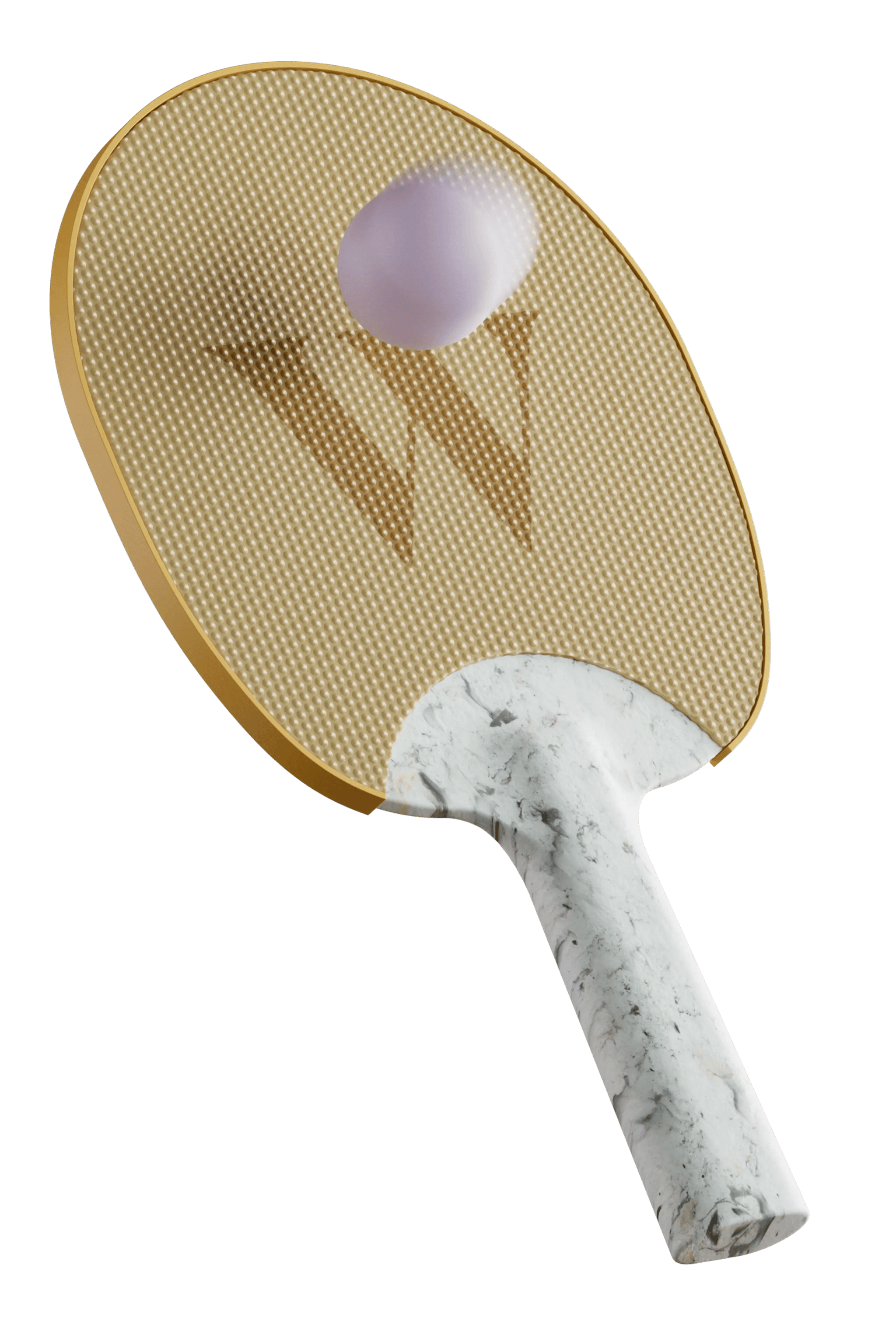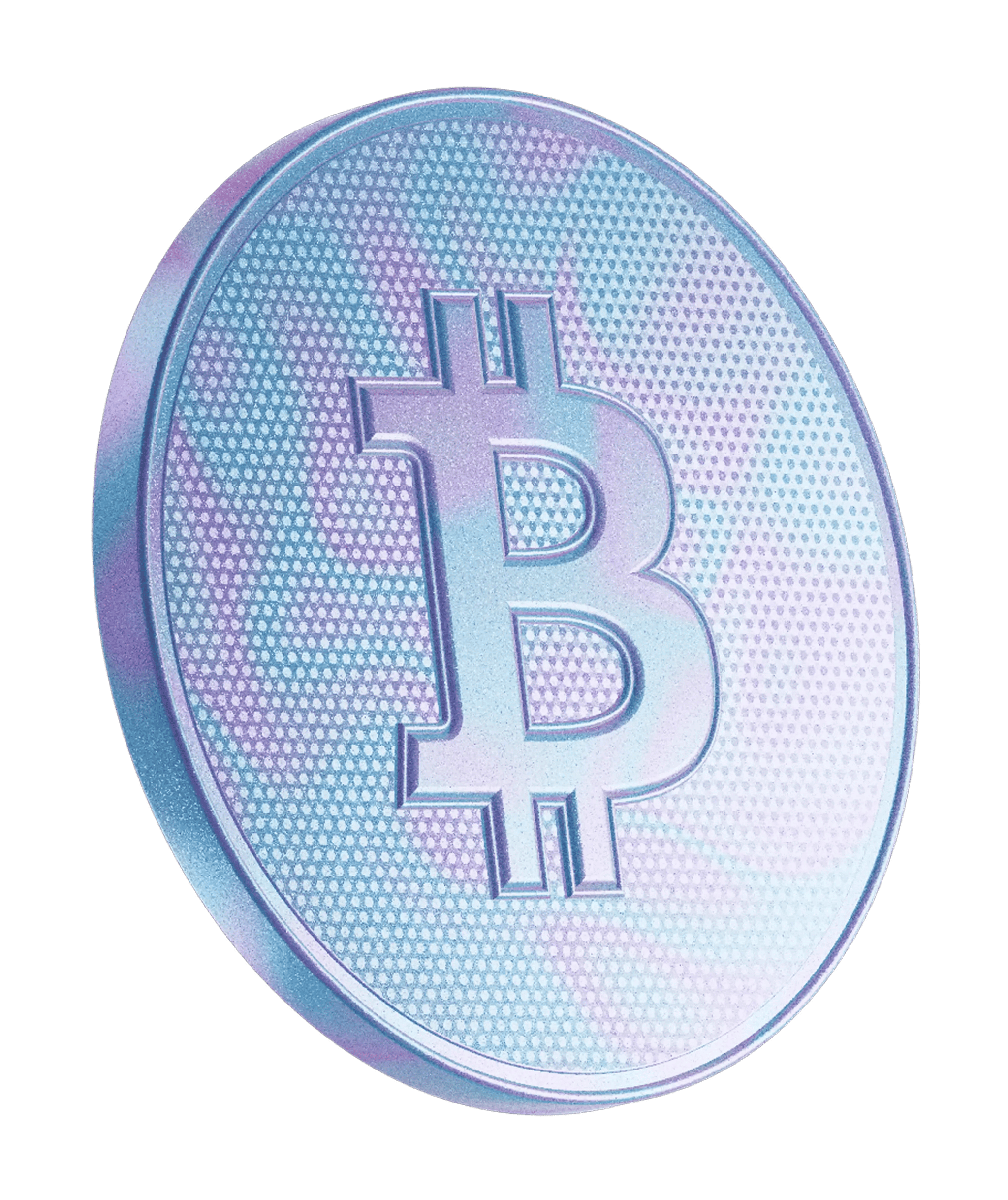Taxes
Filing taxes isn’t fun, but it can be easier if you know your T4 from your tax bracket. Here’s how to get through tax season as close to pain-free as possible.
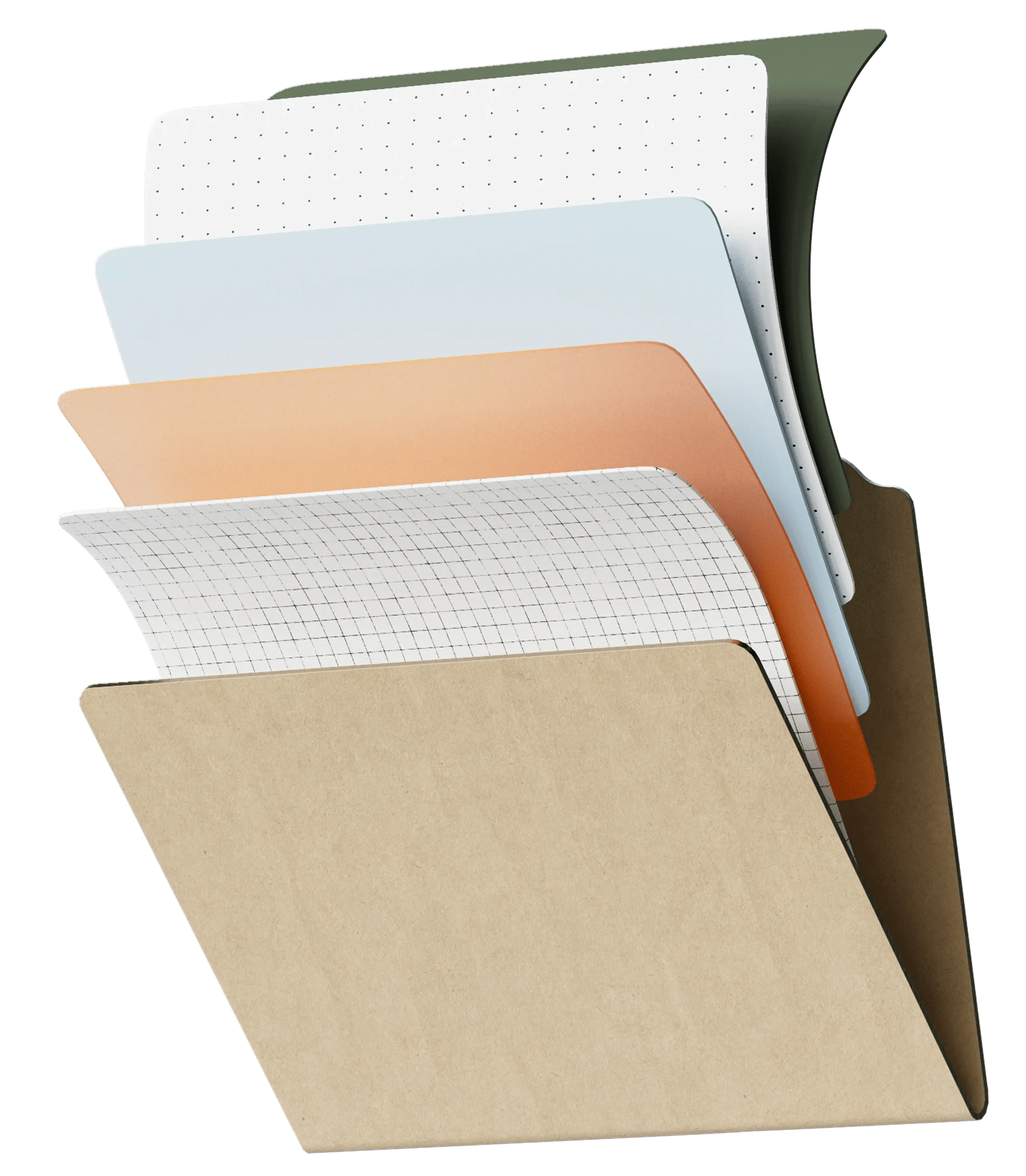
Learn more about taxes
Other resources
More to learn about
Ready for — gulp — tax season?
It doesn’t need to be painful for you (or your accountant). Get a head start on your taxes today.


